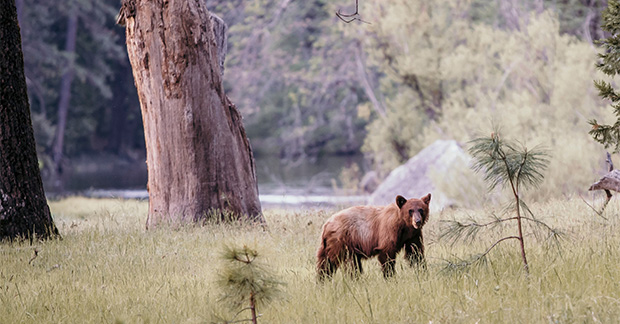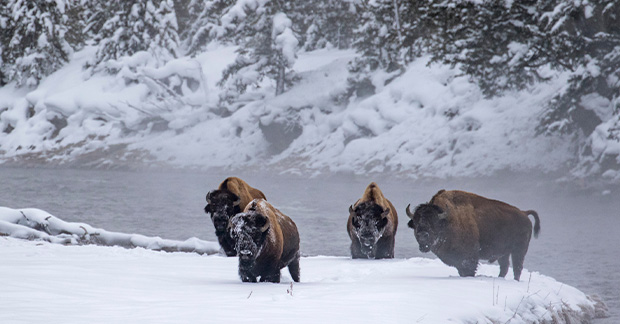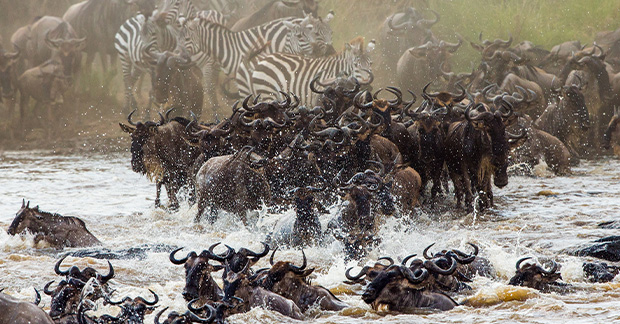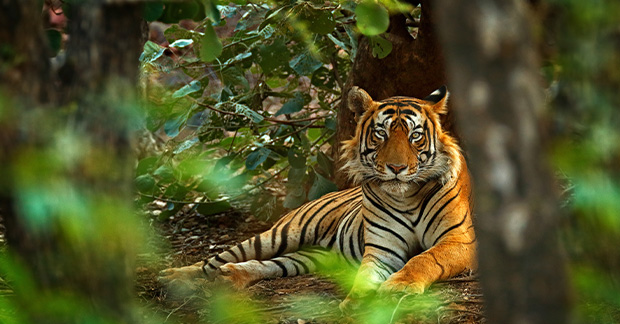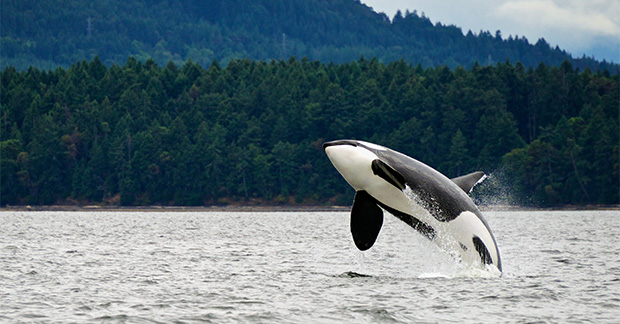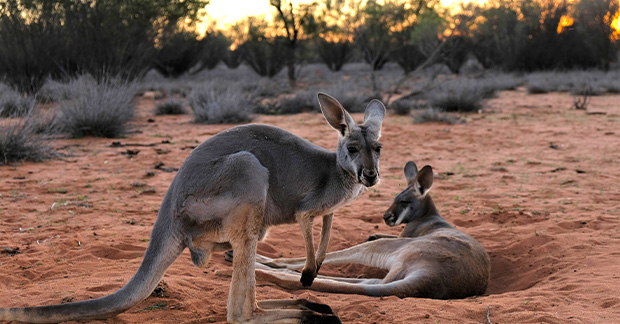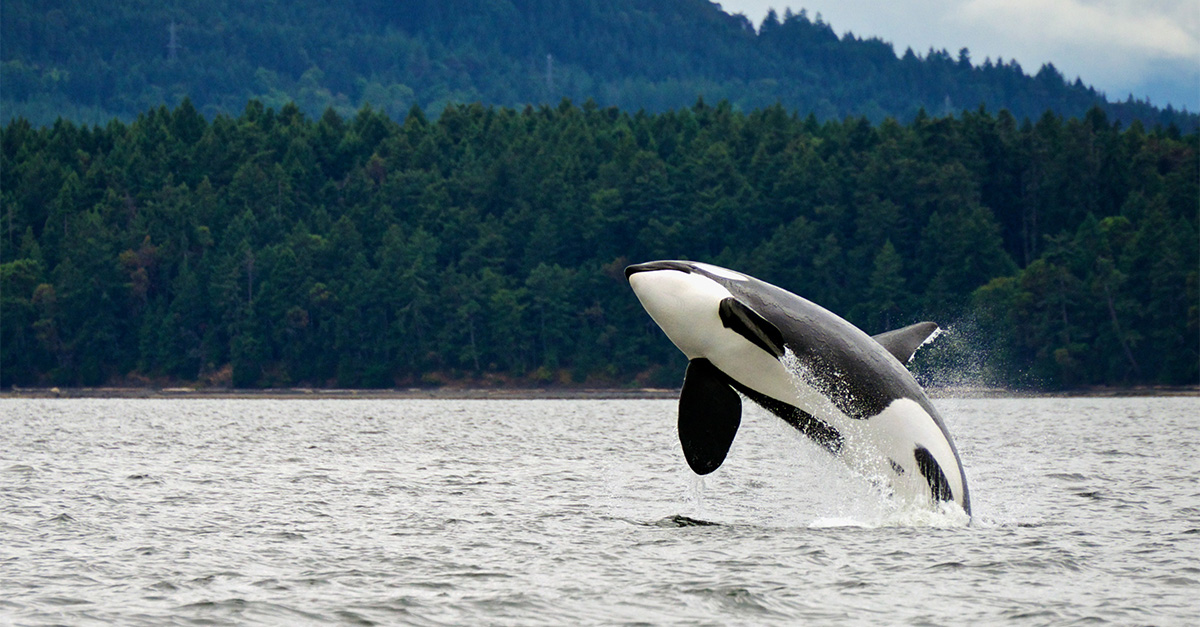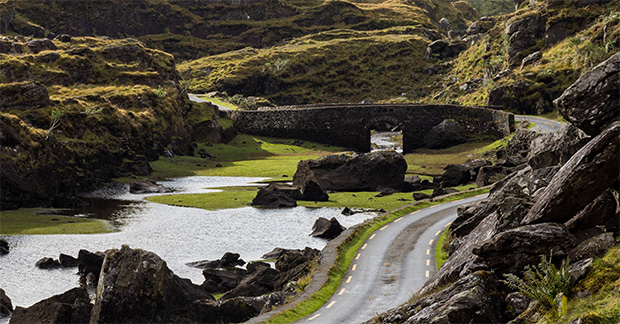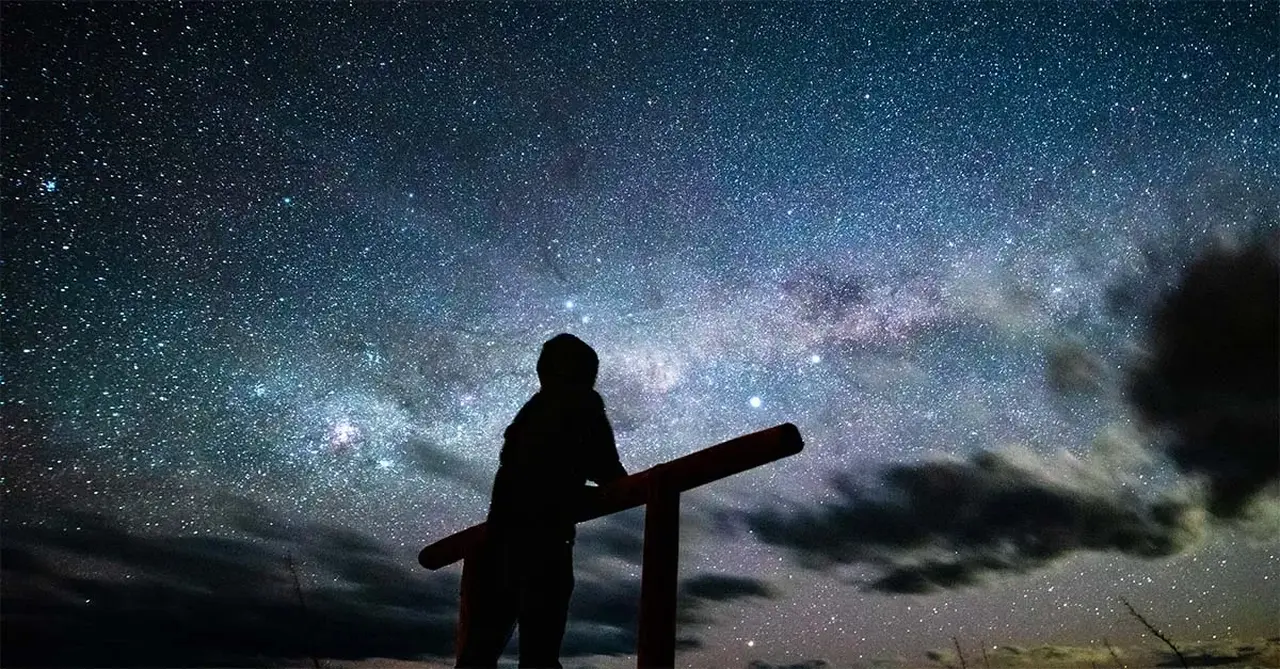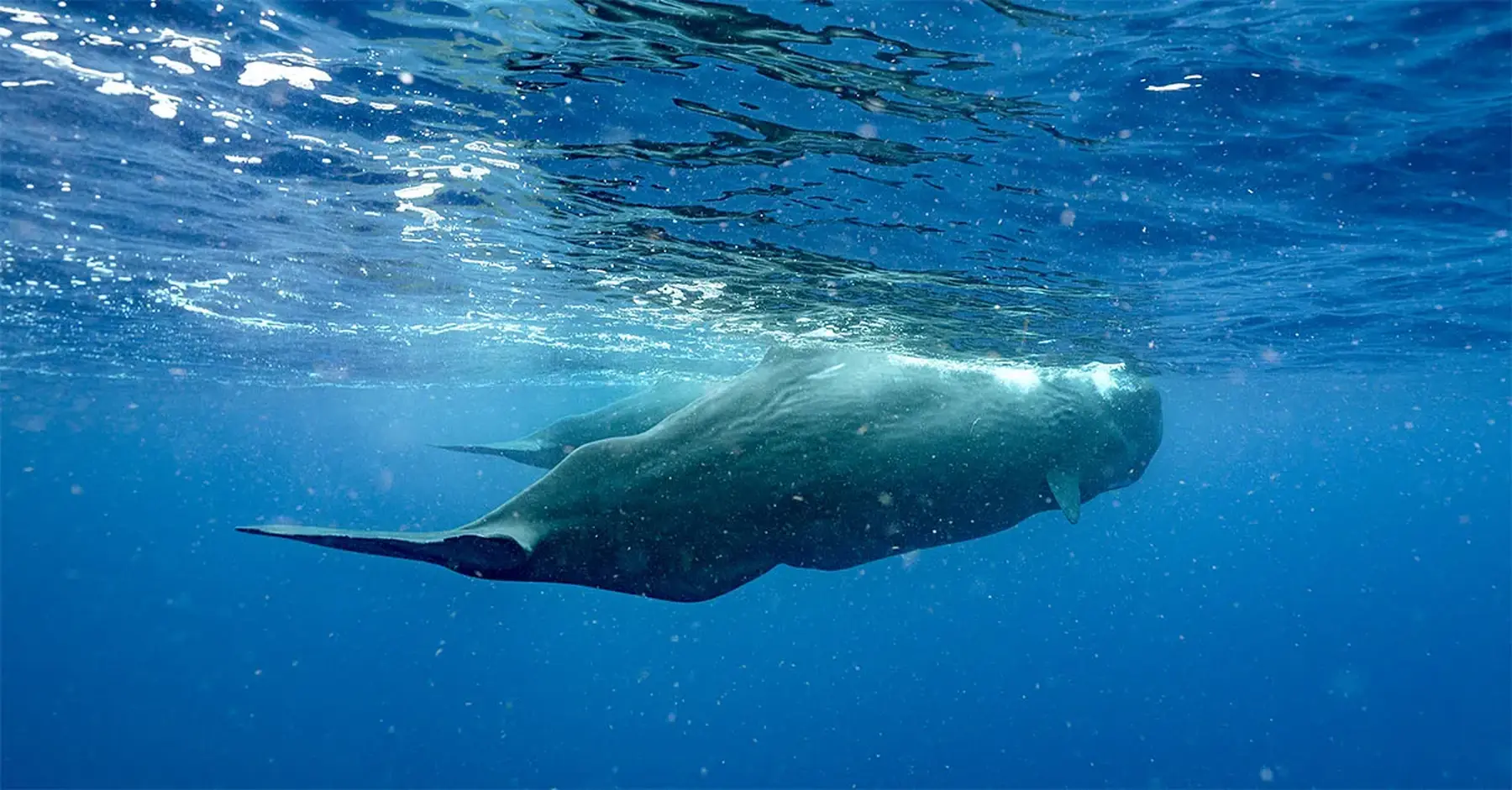You are viewing 1 of your 2 free articles
3 alternative wildlife hotspots to visit this winter
Swap summer safaris for wildlife watching in the winter months, writes Katie McGonagle
Click here to download and save as a PDF
Wintertime trips tend to fall into two camps: long-haul to the Caribbean or Indian Ocean for a fly-and-flop escape on white-sand shores, or short-haul to the snowy slopes of the Alps.
But what if clients are looking for a different kind of adventure? The winter months are also a great time for wildlife watching, whether jetting off to the southern hemisphere to combine sun and safari, or heading for colder climes where it’s easier to spot elusive animals against snowy backdrops.
That’s where a guided tour comes with key advantages for those who want to make the most of the wintry wildlife: not only can it offer better value than having to fork out for a private driver and vehicle, but it often adds expert-led tours and commentary that will bring these animal-spotting opportunities to life.
If clients have had a taste of wildlife wonderlands in summer and want to come back for more in the quieter months, here are three perfect alternatives for winter wildlife tours.

Like Yosemite National Park?
Black bears are the big draw for California’s most popular nature reserve, with between 300 to 500 known to roam this huge wilderness – although despite the name, they’re usually brown.
Yosemite is also a haven for a thriving population of Sierra Nevada bighorn sheep, mountain lions, mule deer and mink-like Pacific fishers, which can be spotted from more than 750 miles of hiking trails.

Try Yellowstone National Park...
What to expect: Go back to basics in America’s first national park, which brings together bubbling mud pools and surging geysers with some of the most abundant animal populations in North America.
Spot ospreys soaring over the sweeping Grand Canyon of the Yellowstone, marvel at the intricate travertine terraces of Mammoth Hot Springs, see the regularly timed eruptions of Old Faithful and try to capture the bright colours of the Fountain Paint Pots and Grand Prismatic Spring on camera.
Why go in winter: Yellowstone offers a different experience in winter – when the crowds have dissipated and the wilderness is engulfed in a blanket of snow, these pristine landscapes are at their picturesque best.
The bears might be hibernating at this time of year, but you can watch snow-dusted bison plodding in long lines across the valleys, huge herds of elk roaming the plains and spot the recently reintroduced wolf population prowling in search of prey.
Book it: Globus has a seven-day Yellowstone Winter Wonderland tour starting from £3,284 for departures in February 2025, round-trip from Jackson including some meals, sightseeing and – new this year – all tips. Flights not included.
globusjourneys.co.uk

Like safari in Kenya?
Kenyan safaris are best between June and October, when you can guarantee dry, cloud-free days perfect for early-morning game drives and when wildlife gathers around the waterholes. It’s also time for the much-anticipated Great Migration, when huge herds of wildebeest make their annual transit from the Serengeti to the vast Masai Mara.

Try tiger-spotting in India...
What to expect: Ranthambore National Park is a true success story for wildlife conservation. In 1972, there were fewer than 2,000 Bengal tigers across India, with hunting and habitat loss the prime reasons for their decline. Then came Project Tiger and Ranthambore was one of several reserves established to give these impressive animals a safe place to roam.
Now, there are 88 tigers prowling its forests (a sixfold increase in just 50 years) offering an alternative safari experience from the open plains of Africa.
Why go in winter: To avoid the hot, humid summer months – and the risk of monsoon rains washing out the paths of the national park – visit between November and April, when the temperatures are at their most pleasant.
Keep an eye out for more than 300 bird species, including wild peacocks and painted storks, along with sambar (a type of antelope), wild boars, sloths and leopards.
Book it: Riviera Travel’s 2025 programme includes a new 11-day tour, The Heart of India aboard the Deccan Odyssey, which takes in the sights of the Golden Triangle along with small-group game drives in Ranthambore and a luxury train journey, from £5,999 in January 2025 including flights, transfers, accommodation and most meals.
rivieratravel.co.uk

Like whale watching in Canada?
From milky-white belugas in the waters of the St Lawrence and the polar bear playground of Churchill, to the summer migration of gray, minke, blue and humpback whales off the shores of Vancouver Island, Canada is a whale watcher’s paradise.
Look out, too, for endemic species including white spirit bears in Great Bear Rainforest, BC, and narwhals off the coast of Nunavut.

Try Indigenous species in Australia...
What to expect: Few countries do native wildlife better than Australia – from cute-as-a-button quokkas on Rottnest Island to fearsome Tasmanian devils, via kangaroos, emus and even the elusive cassowary, it’s perfect for wildlife-filled adventures.
Go in search of little penguins on Phillip Island, see kangaroos bounding through the outback at Alice Springs, watch marine life flit through the waters of the Great Barrier Reef and along the way learn the significance of these indigenous species to Aboriginal peoples.
Why go in winter: While the northern hemisphere shivers, our Antipodean counterparts are basking in sunshine. For tours that cover a lot of ground – from the tropical rainforests of northern Queensland to the southern shores of Victoria – these months offer the best combination of climates.
Book it: Scenic has added a 23-day tour this year, Very Best of Australia & New Zealand, which goes from Melbourne to Auckland via Alice Springs, Cairns, Sydney, Queenstown and Rotorua, from £8,895 per person (excluding flights).
scenic.co.uk
PICTURES: Shutterstock/SamanthaZurbrick, Green Mountain Exposure, Richard Brian Hart, Doptis, Gudkov Andrey, Ondrej Prosicky
Read more
Sun, sea and squirrelfish in the Maldives
Why travellers are flocking to Nassau’s Paradise Island
How Fiji is becoming an adventure travel destination

